This is the first entry in “ Big Tech and Democracy,” a series designed to assist American citizens in understanding the impact technology is having — and will have — on our democracy. The series will explore the benefits and risks that lie ahead and offer possible solutions.
In the span of two or so years, OpenAI, Nvidia and a handful of other companies essential to the development of artificial intelligence have become economic behemoths. Their valuations and stock prices have soared. Their products have become essential to Fortune 500 companies. Their business plans are the focus of the national security industry. Their collapse would be, well, unacceptable. They are too big to fail.
The good news is we’ve been in similar situations before. The bad news is we’ve yet to really learn our lesson.
In the mid-1970s, a bank known for its conservative growth strategy decided to more aggressively pursue profits. The strategy worked. In just a few years the bank became the largest commercial and industrial lender in the nation. The impressive growth caught the attention of others — competitors looked on with envy, shareholders with appreciation and analysts with bullish optimism. As the balance sheet grew, however, so did the broader economic importance of the bank. It became too big to fail.
Regulators missed the signs of systemic risk. A kick of the bank’s tires gave no reason to panic. But a look under the hood — specifically, at the bank’s loan-to-assets ratio and average return on loans — would have revealed a simple truth: The bank had been far too risky. The tactics that fueled its “go-go” years rendered the bank over exposed to sectors suffering tough economic times. Rumors soon spread that the bank was in a financially sketchy spot. It was the Titanic, without the band, to paraphrase an employee.
When the inevitable run on the bank started, regulators had no choice but to spend billions on keeping the bank afloat — saving it from sinking and bringing the rest of the economy with it. Of course, a similar situation played out during the Great Recession — risky behavior by a few bad companies imposed bailout payments on the rest of us.
AI labs are similarly taking gambles that have good odds of making many of us losers. As major labs rush to release their latest models, they are not stopping to ask if we have the social safety nets ready if things backfire. Nor are they meaningfully contributing to building those necessary safeguards. Instead, we find ourselves in a highly volatile situation. Our stock market seemingly pivots on earnings of just a few companies — the world came to a near standstill last month as everyone awaited Nvidia’s financial outlook. Our leading businesses and essential government services are quick to adopt the latest AI models despite real uncertainty as to whether they will operate as intended. If any of these labs took a financial tumble or any of the models were significantly flawed, the public would likely again be asked to find a way to save the risk takers.
This outcome may be likely but it’s not inevitable. The Dodd Frank Act passed in response to the Great Recession and intended to prevent another Too Big to Fail situation in the financial sector has been roundly criticized for its inadequacy. We should learn from its faults in thinking through how to make sure AI goliaths don’t crush all of us Davids. Some sample steps include mandating and enforcing more rigorous testing of AI models before deployment. It would also behoove us to prevent excessive reliance on any one model by the government — this could be accomplished by requiring public service providers to maintain analog processes in the event of emergencies. Finally, we can reduce the economic sway of a few labs by fostering more competition in the space.
Too Big to Fail scenarios have happened on too many occasions. There’s no excuse for allowing AI labs to become so large and so essential that we collectively end up paying for their mistakes.
Frazier is an assistant professor at the Crump College of Law at St. Thomas University and a Tarbell fellow.





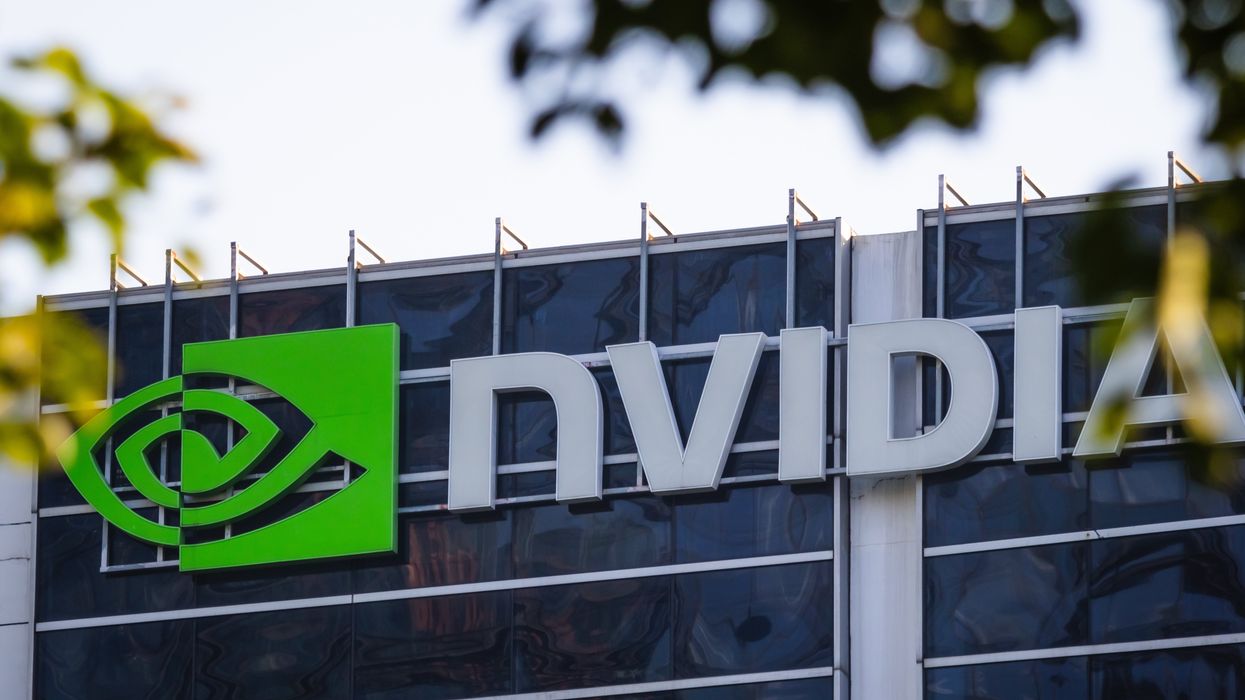

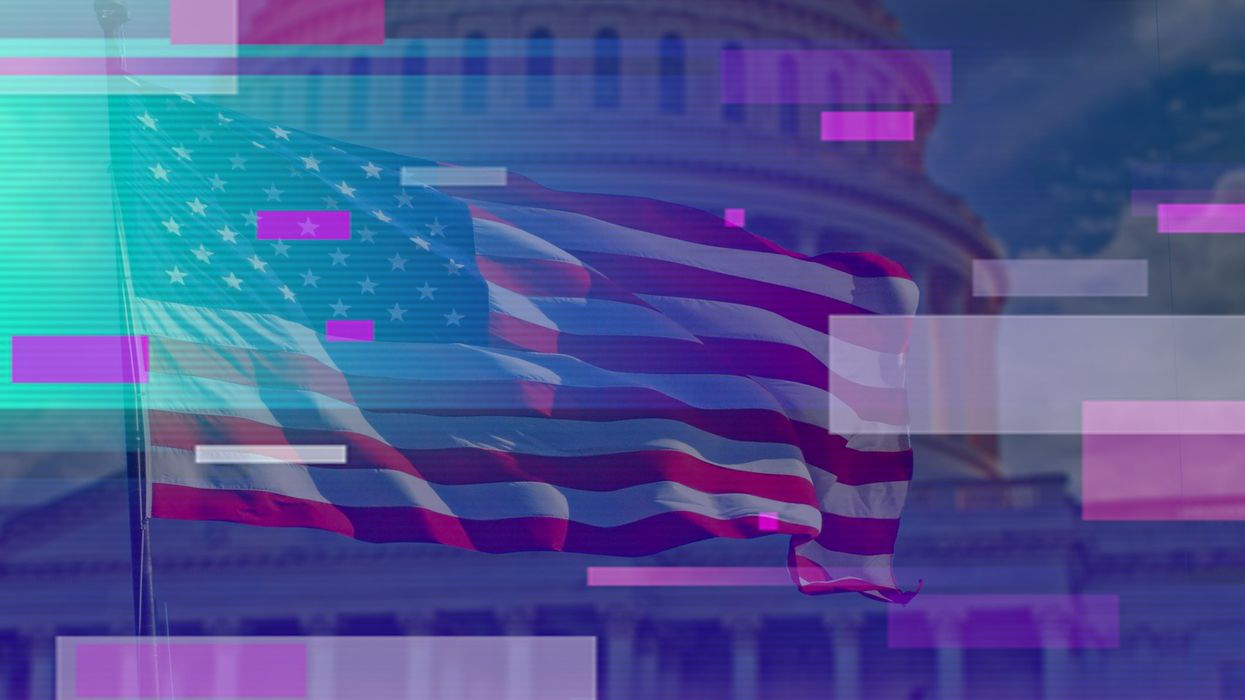
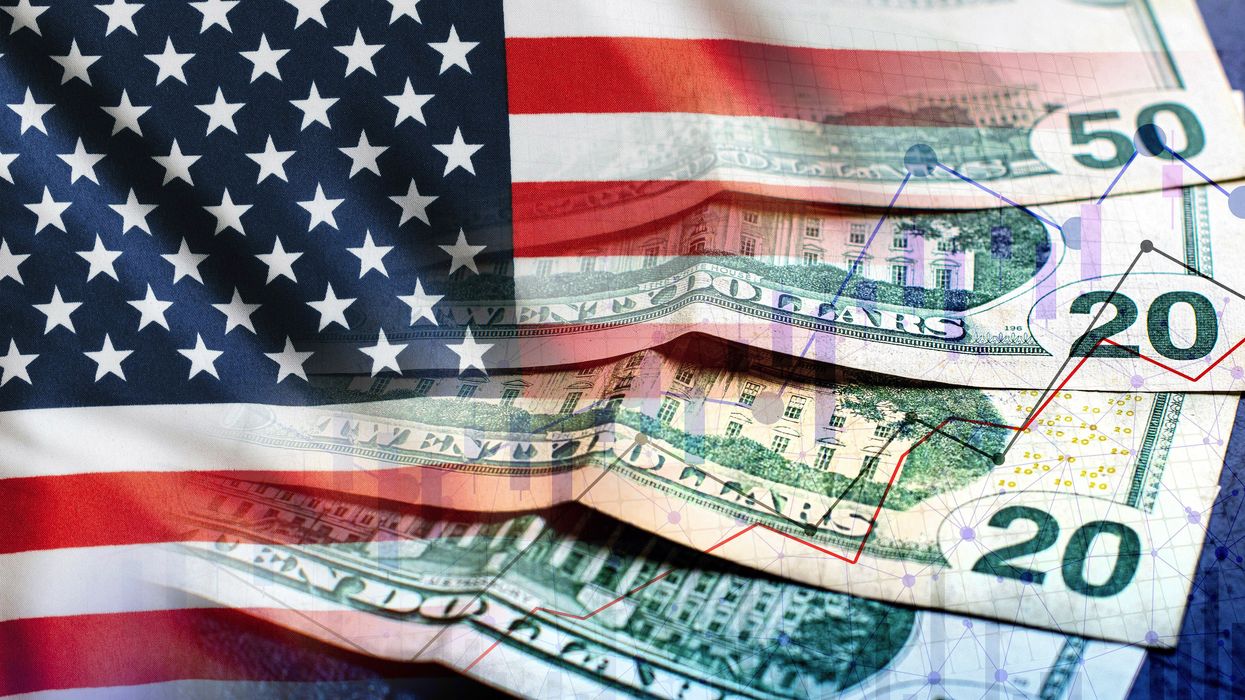

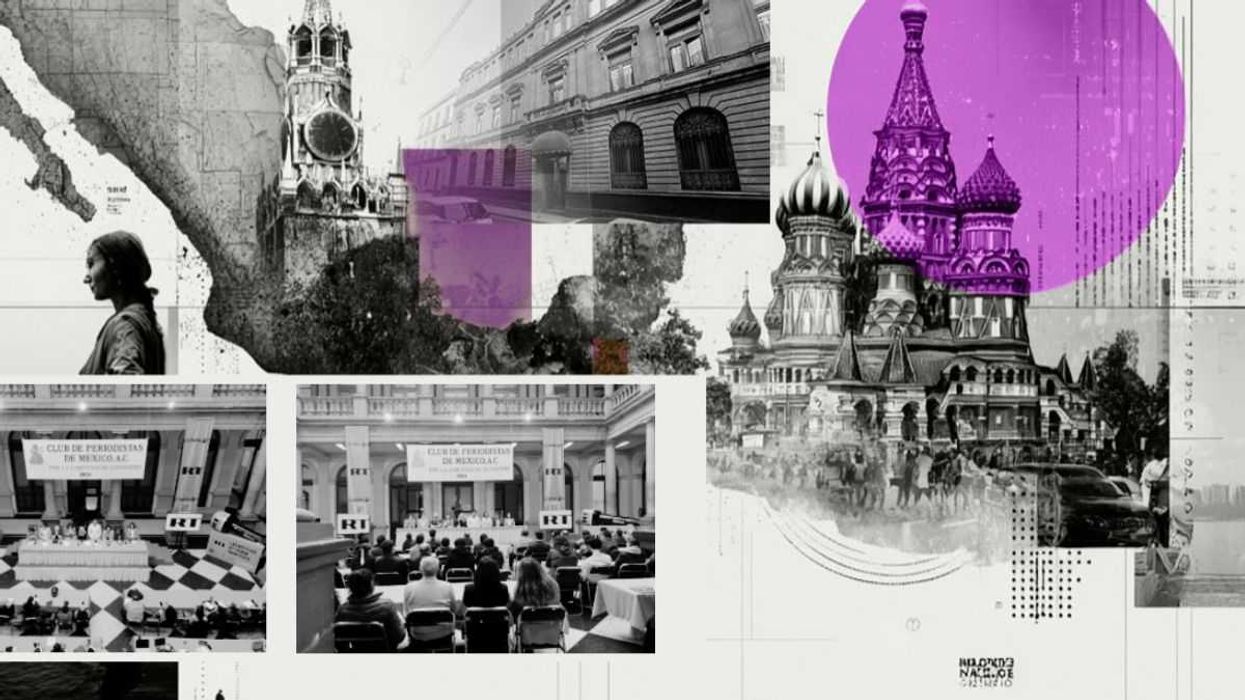
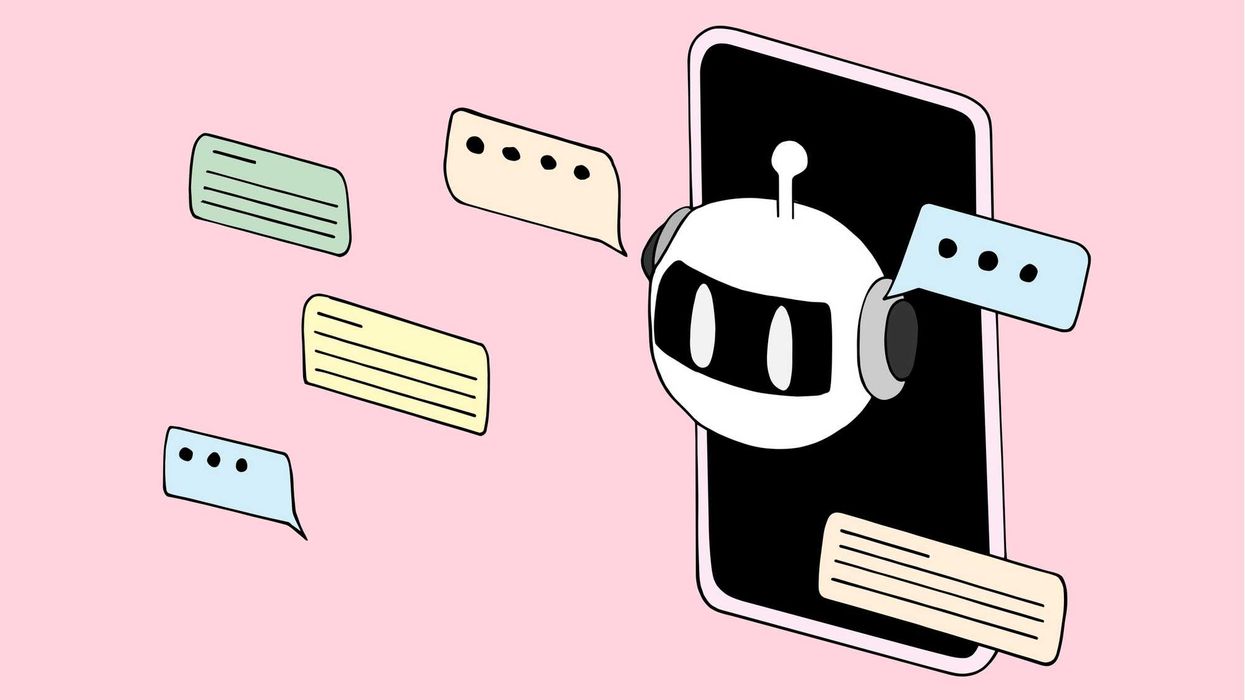








A deep look at how "All in the Family" remains a striking mirror of American politics, class tensions, and cultural manipulation—proving its relevance decades later.
All in This American Family
There are a few shows that have aged as eerily well as All in the Family.
It’s not just that it’s still funny and has the feel not of a sit-com, but of unpretentious, working-class theatre. It’s that, decades later, it remains one of the clearest windows into the American psyche. Archie Bunker’s living room has been, as it were, a small stage on which the country has been working through the same contradictions, anxieties, and unresolved traumas that still shape our politics today. The manipulation of the working class, the pitting of neighbor against neighbor, the scapegoating of the vulnerable, the quiet cruelties baked into everyday life—all of it is still here with us. We like to reassure ourselves that we’ve progressed since the early 1970s, but watching the show now forces an unsettling recognition: The structural forces that shaped Archie’s world have barely budged. The same tactics of distraction and division deployed by elites back then are still deployed now, except more efficiently, more sleekly.
Archie himself is the perfect vessel for this continuity. He is bigoted, blustery, reactive, but he is also wounded, anxious, and constantly misled by forces above and beyond him. Norman Lear created Archie not as a monster to be hated (Lear’s genius was to make Archie lovable despite his loathsome stands), but as a man trapped by the political economy of his era: A union worker who feels his country slipping away, yet cannot see the hands that are actually moving it. His anger leaks sideways, onto immigrants, women, “hippies,” and anyone with less power than he has. The real villains—the wealthy, the connected, the manufacturers of grievance—remain safely and comfortably offscreen. That’s part of the show’s key insight: It reveals how elites thrive by making sure working people turn their frustrations against each other rather than upward.
Edith, often dismissed as naive or scatterbrained, functions as the show’s quiet moral center. Her compassion exposes the emotional void in Archie’s worldview and, in doing so, highlights the costs of the divisions that powerful interests cultivate. Meanwhile, Mike the “Meathead” represents a generation trying to break free from those divisions but often trapped in its own loud self-righteousness. Their clashes are not just family arguments but collisions between competing visions of America’s future. And those visions, tellingly, have yet to resolve themselves.
The political context of the show only sharpens its relevance. Premiering in 1971, All in the Family emerged during the Nixon years, when the “Silent Majority” strategy was weaponizing racial resentment, cultural panic, and working-class anxiety to cement power. Archie was a fictional embodiment of the very demographic Nixon sought to mobilize and manipulate. The show exposed, often bluntly, how economic insecurity was being rerouted into cultural hostility. Watching the show today, it’s impossible to miss how closely that logic mirrors the present, from right-wing media ecosystems to politicians who openly rely on stoking grievances rather than addressing root causes.
What makes the show unsettling today is that its satire feels less like a relic and more like a mirror. The demagogic impulses it spotlighted have simply found new platforms. The working-class anger it dramatized has been harvested by political operatives who, like their 1970s predecessors, depend on division to maintain power. The very cultural debates that fueled Archie’s tirades — about immigration, gender roles, race, and national identity—are still being used as tools to distract from wealth concentration and political manipulation.
If anything, the divisions are sharper now because the mechanisms of manipulation are more sophisticated, for much has been learned by The Machine. The same emotional raw material Lear mined for comedy is now algorithmically optimized for outrage. The same social fractures that played out around Archie’s kitchen table now play out on a scale he couldn’t have imagined. But the underlying dynamics haven’t changed at all.
That is why All in the Family feels so contemporary. The country Lear dissected never healed or meaningfully evolved: It simply changed wardrobe. The tensions, prejudices, and insecurities remain, not because individuals failed to grow but because the economic and political forces that thrive on division have only become more entrenched. Until we confront the political economy that kept Archie and Michael locked in an endless loop of circular bickering, the show will remain painfully relevant for another fifty years.
Ahmed Bouzid is the co-founder of The True Representation Movement.